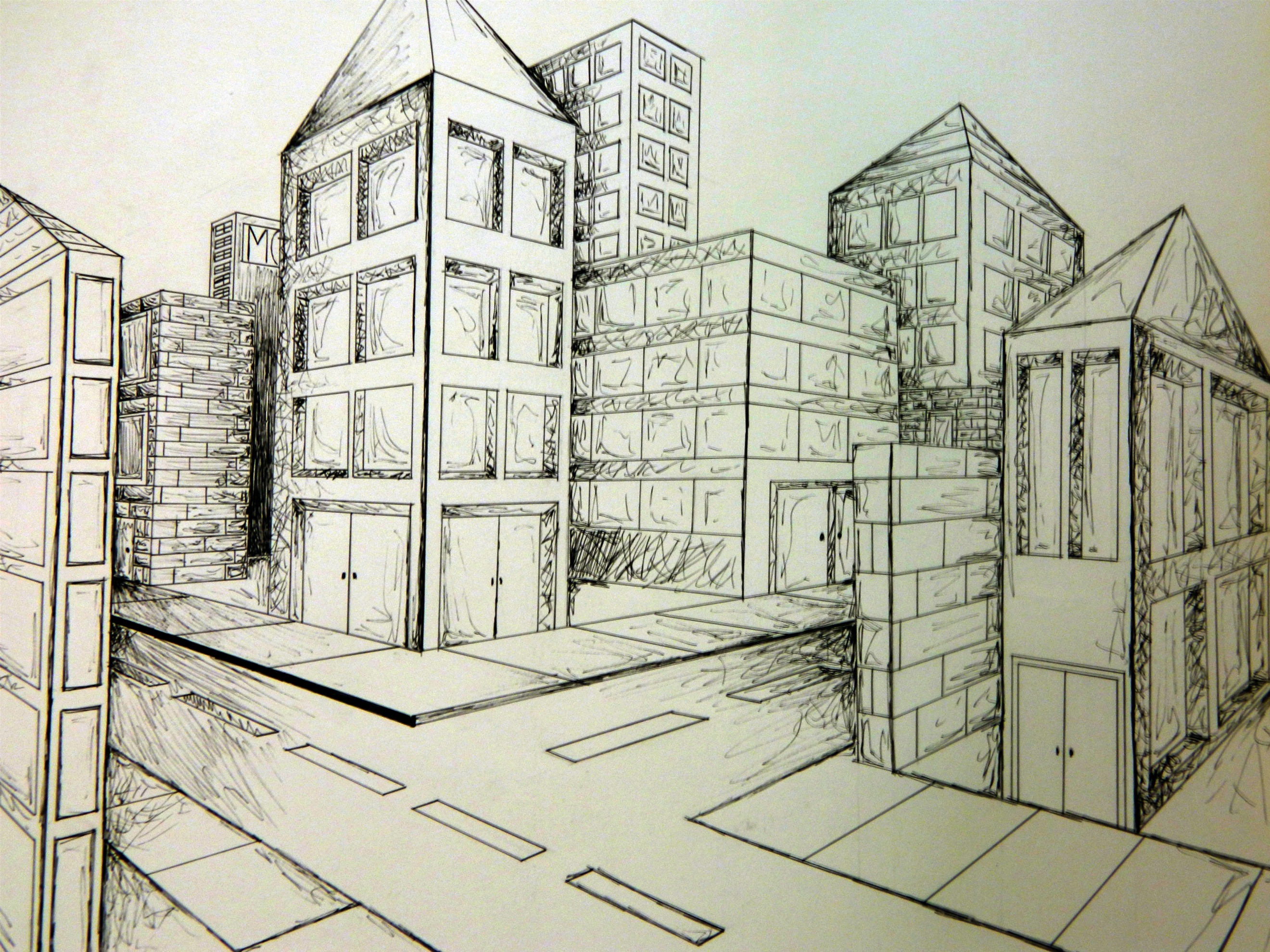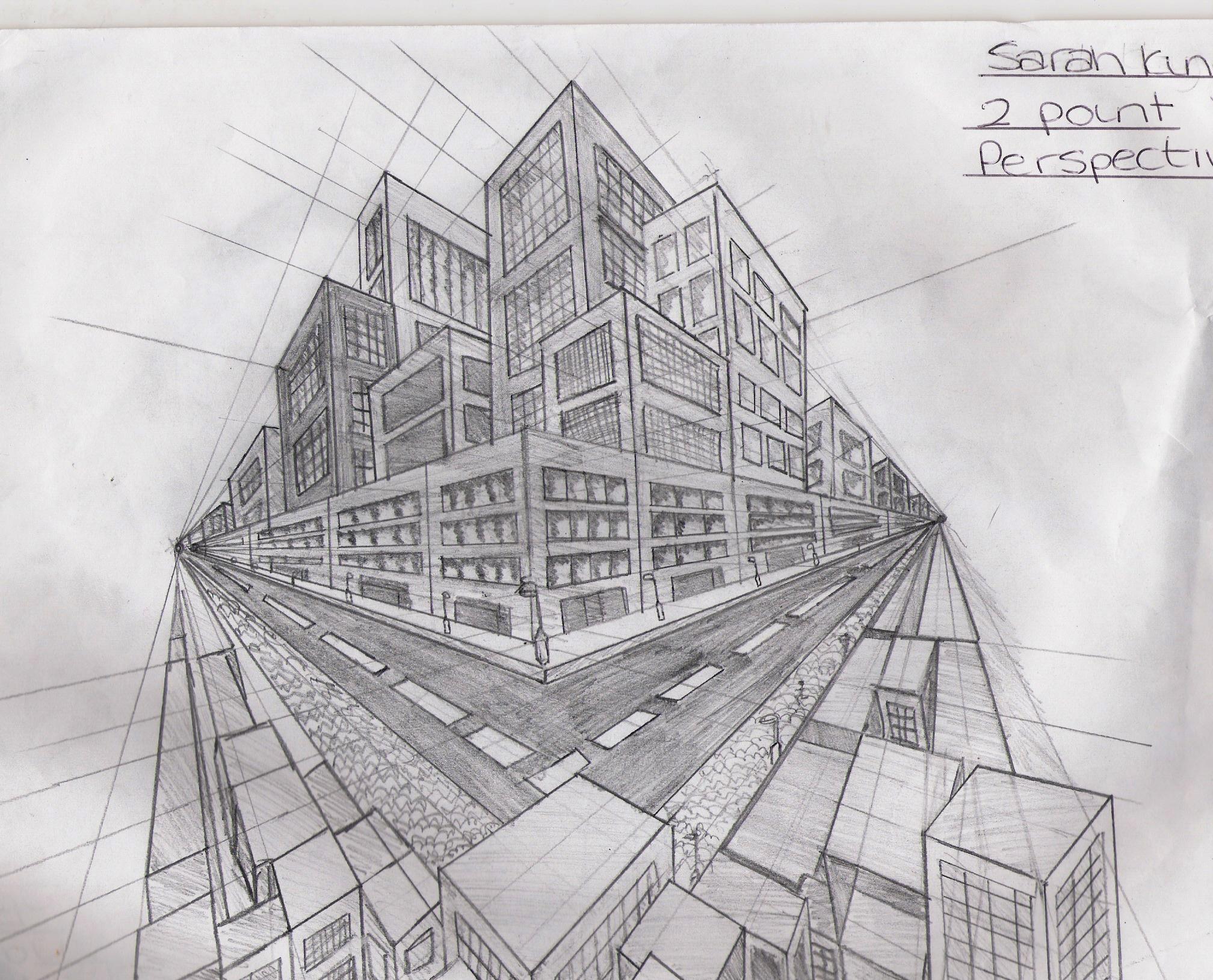Ever found yourself looking at a picture, maybe of a room or a building, and it just feels… balanced? Like everything sits exactly where it should? Well, that sense of visual calm often comes from a clever little trick designers and photographers often use, something you'll spot in many guides for taking pictures inside or outside. It's a way of setting up your view that helps make the whole picture feel more solid, more grounded, and, you know, just right.
This particular technique, which we are talking about, is a pretty straightforward approach, yet it makes a big difference in how your images come across. It is, quite simply, a standard piece of advice you will come across again and again in books and online lessons about capturing spaces. The goal is always to give your pictures a sense of steadiness, a feeling that they won't, in a way, tip over. It really helps things appear more settled.
So, whether you are trying to sketch out a new building idea, or perhaps just arrange a shot of your living area, knowing about this method can really change how people see your work. It's about giving your creations that extra bit of visual strength, making them look, more or less, exactly as you intended. This approach, you see, is all about getting those lines to cooperate.
Table of Contents
- What is Two Point Perspective Anyway?
- How Does Two Point Perspective Make Images Feel Stable?
- The Two Point Perspective View - Why Does it Keep Changing?
- Working with Two Point Perspective - What Happens to Your Camera?
- Getting Started with Two Point Perspective Settings
- Drawing with Two Point Perspective - The Architectural Link
- The Core of Two Point Perspective - Vanishing Points and Horizon Lines
- Understanding Two Point Perspective and Its Place in Linear Visuals
What is Two Point Perspective Anyway?
People often ask, just what is this "two point perspective" thing all about? Well, it is a way of drawing or setting up a view, usually for things like buildings or other items that have clear straight lines, so they look like they are receding into the distance. It is, basically, one of several visual tricks artists and designers use to make a flat picture seem like it has actual depth, like you could walk right into it. You see, when you look at a building from a corner, you notice how the sides seem to go away from you, becoming smaller and closer together as they get further off. This method helps you put that very feeling onto paper or a screen. It is a specific kind of linear drawing style, one that really makes things pop out at you, more or less, from the flat surface.
This particular drawing approach is defined by using two specific points. These two points are placed on what is called the horizon line, which is, quite simply, where the sky meets the ground in your picture. From these two points, lines extend out, helping you shape your design. It means that you will draw a line that represents the horizon, and then place these two special points on it. These points act as guides, showing you where things appear to disappear into the distance. It is, in a way, a map for making your picture look truly three-dimensional, giving it that sense of real space and depth. This is how you show two sides of an object going away from you at the same time, making it appear solid and true to life.
How Does Two Point Perspective Make Images Feel Stable?
When you look at a picture, especially one of a room or a building, and it feels steady, like it won't tip over, that is often thanks to using two point perspective. This method, you see, is a simple piece of advice you will find in most guides about taking pictures of interiors and exteriors. The reason it is so often suggested is that it helps to make the picture feel more settled. It gives the viewer a sense that the structure or scene is firmly planted, which, quite frankly, makes the whole image easier and more pleasant to look at. It is about getting those vertical lines to stand up straight, which is a big part of why something looks balanced.
Think about it: when you are looking at a building, the walls usually go straight up and down, right? If your picture has those walls leaning in or out, it can feel a little off, maybe even like the building is about to fall over. Two point perspective helps avoid that by making sure those vertical elements stay true and upright. This gives the whole composition a strong base, making it feel solid and reliable. It is, in some respects, like building a house on a firm foundation; everything else just seems to fall into place around it. This visual steadiness is what makes the image feel so correct and visually pleasing, allowing your eyes to rest comfortably on the scene without feeling disoriented. It is a fundamental principle for creating visually dependable scenes, you know.
The Two Point Perspective View - Why Does it Keep Changing?
It is, quite frankly, a common head-scratcher for many folks just getting started with design tools. You click a button, and something appears to happen, just as you hoped. The view shifts, and for a fleeting moment, everything looks just right, like those solid pictures you admire. But then, you go to move around a little, perhaps to get a better angle, maybe just to check something from a slightly different spot, and poof! The careful arrangement you just put in place seems to vanish, or rather, it reverts to a different kind of view. This kind of sudden change can feel pretty confusing, especially when you are trying to keep your drawing or model looking steady and clear. It leaves you wondering, quite naturally, if there is a particular trick or a specific setting you might be missing to keep that special view locked in. You are, in a way, trying to make the software behave in a predictable manner, to hold onto that very specific visual setup you just chose, but it seems to have a mind of its own, doesn't it?
This issue, where a specially set two point perspective view seems to shift, is often tied to how your viewing window is shaped. When the screen's width and height ratio changes, the picture you are looking at might no longer sit perfectly in the middle. So, if you resize your program window, or maybe even move it to a different screen, the image might get a little off-center. This can be quite frustrating, especially when you have worked to get everything just so. It is as if the software is trying to adjust, but in doing so, it loses the precise centering you had. You might find yourself constantly trying to readjust things, which, as a matter of fact, can really slow you down. It is a bit like trying to keep a picture perfectly framed when the frame itself keeps changing its size. This behavior, you see, is a common point of confusion for new users and sometimes even those with more experience. It makes you wish there was a simple switch to just keep it fixed.
Working with Two Point Perspective - What Happens to Your Camera?
When you choose to set your camera in a two point perspective, the program often moves your camera automatically. This happens because the software is trying to make sure all those vertical lines in your scene appear perfectly straight, which is, you know, a key part of this type of view. The aim is to clean up the visual, making everything look tidy and proper. However, sometimes this automatic movement can be a bit much. It might shift your view more than you expected, perhaps even pulling back so far that your entire model no longer fits on the screen. This can be pretty disorienting, especially if you were just trying to get a close-up or focus on a particular detail. It is like the camera has a mind of its own, taking a big step back when you only wanted a tiny adjustment. This behavior, you see, can certainly lead to a moment of confusion, leaving you to wonder what just happened to your carefully composed scene.
For someone who is just getting started with a design program, like SketchUp, these camera settings can feel a little bewildering. You are trying to figure out how to draw something, and then the tool itself seems to be doing unexpected things with your view. It is a bit like learning to drive and having the steering wheel occasionally pull itself in a different direction. You might be wondering, quite naturally, how to get control over the field of view, or how to turn on this two point perspective in a layout program without it acting up. These are common questions for newcomers, and it points to a need for a clearer way to manage these visual adjustments. It is, more or less, about getting the program to do what you want it to do, rather than it making its own choices about how your scene should look. This is a hurdle many people face when they are new to these kinds of creative applications.
Getting Started with Two Point Perspective Settings
For those just beginning with design software, getting a handle on the camera settings, especially with two point perspective, can be a little tricky. You might be very new to a program like SketchUp, and honestly, a little mixed up about how the camera settings work. This is a very common experience. You are trying to create something, perhaps following a guide from school where you need to draw a two point perspective, and your first thought is, naturally, to just draw it right in the program. But then, you run into these unexpected behaviors, like the view changing on its own. It makes you wonder, you know, if there is a specific way to adjust things or a hidden switch you need to flip. It is about finding that sweet spot where the software helps you, rather than making things feel more complicated. This initial confusion is a normal part of the learning process for many, and it often revolves around getting the camera to stay put and show you what you need to see, just so.
One of the things people often look for is how to change the field of view or how to actually turn on two point perspective when working in a layout program. These settings are pretty important for getting your drawing to look exactly as you intend. The field of view, for instance, determines how much of your scene you can see at once, sort of like zooming in or out with a real camera. When you are trying to make sure your verticals are straight and your perspective is correct, having control over this is pretty important. It is, in a way, about fine-tuning your visual window to match your artistic intent. Finding these specific controls can sometimes be a bit of a hunt, especially if the software's menus are not immediately obvious. But once you locate them, they offer a good deal of power over how your final image will appear, allowing you to truly shape the scene. This is a key step in getting your two point perspective just right.


